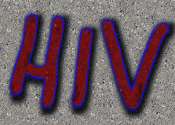Mapping a life's worth of changes in a mysterious brain structure
Until recently, scientists didn't know much about perivascular spaces (PVS), fluid-filled regions in the brain involved in clearing waste and toxins—mainly because it's tough to get a clear look at them using neuroimaging. ...
Jan 8, 2021
0
33








